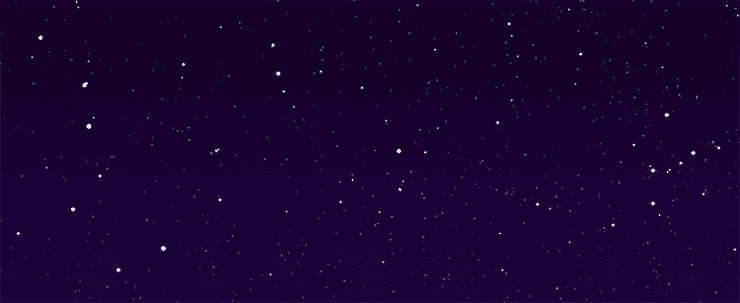
Animation of the North polar sky, showing its rotation over the course of two hours; the thirty-one "frames" represent 4 minute intervals, speeded up 1200 times (since the animation only shows two hours of rotation, instead of going all the way around, the stars "start over" after a few seconds). Stars seem to circle around the North Celestial Pole in a counter-clockwise motion as they rise on the right (on the East side of the Pole) and set on the left (on the West side of the Pole). During the two hours shown here the Big Dipper is setting in the west (on the left), Cassiopeia is rising in the east (on the right), and the Little Dipper is moving from up and to the left of Polaris (which is the center of the animation) downward, until it is almost to the left of the Pole Star.
Although the "counter-clockwise" motion is what is most noticeable in this animation, it is the westward motion of the stars that is most fundamental. No matter where you are on the Earth, and no matter what direction you're looking, the stars' movement is toward the west. If you are looking northward West is on your left and East is on your right, so the westward motion of the sky is from right to left, or "counter-clockwise"; but if you turn around and face the southern part of the sky, East is on your left and West is on your right, so the westward motion of the sky is from left to right, or "clockwise". In other words, describing the daily motion of the stars as clockwise or counter-clockwise is only correct when describing a particular viewpoint, while saying it is "westward" is always correct.
|